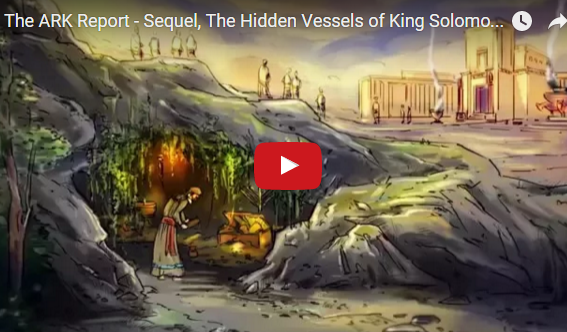| |||||||||||||||||||||||||||||||||||||
|
Israel is a deep well of history. The Land has been dwelt in, conquered and invaded, ruled by many kingdoms and empires and the dust and rocks give up secrets daily.
Bible doubters have their work cut out for them. Every time a self-publicizing critic declares the Bible to be fraudulent, a name a place or artifact calls foul.
Perhaps one of the most noted discoveries involves a people known as the Hittites. The Hittite script was first discovered in 1884 by an Irish missionary, William Wright. Later in 1906 German archaeologist Hugo Winckler uncovered more evidence. By 1912, the Royal Archives at Hattusa, the Hittite capital, had been discovered and excavated.
Over 10,000 tablets disclosed the day-to-day workings of an empire referred to in the Bible which deniers had used as an excuse to criticize the Book. Today, Uriah the Hittite is known and understood, the large number of references to this empire and its people in Biblical times are verified en masse by other discoveries and records. Evidence for Israel and the Bible outside Israel are found in monumental amounts.
Israel itself holds the solid evidence of its past, despite denials by Muslims. The Temple Mount is the most visible, historic and conflicted holy place in the world today. Mount Zion is considered to be where Abraham was told to sacrifice his son, born of Sarah. It is considered to be the place where David was told the Temple was to be placed, the Temple he was not permitted to build. Solomon built the Temple and its size made it a landmark in a region full of huge temples. What made it stand apart was the absence of idols: it was the place where One God came upon the Mercy Seat.
Conquests by Babylonians and Romans, reconstruction and repair by Zerubbabel and Herod made their mark on the mountain. The final Roman destruction of the rebellious city and its Temple to the One God in 135 CE left only a wide platform and a monumental retaining wall, the Kotel. Herod had expanded the territory of the Temple that it overflowed the mountaintop.
Other smaller structures occupied the site later until the Muslim conquest and the building of two Mosques. The narrative of Muhammad's night journey to heaven from this place is the only real connection made by Muslims to Jerusalem. The site is off limits to Jews, although within the boundaries of the reunited Jerusalem.
Israel permits the Waqf, a Muslim non-profit that maintains the site to govern its maintenance. Photographs from early days show what a noted archaeologist has determined is the place where the Ark of the Covenant was placed in the Holy of Holies. The Waqf also excavated the site to construct walkways for Muslim worshippers.
In doing so, they removed tons of earth and dumped it outside the boundaries. Buried in the dirt is a treasure trove of the Temple's history. Israeli archaeologists secretly began sifting the earth and wonders appeared.
Items thought to date from Solomon's time, sections of the wall including a piece marking "the place of trumpeting," a relic of an ivory pomegranate decoration with ancient Hebrew script engraved, all have come to light.
The very soil of Israel is a witness to the Bible's truth. Christians absolutely have to stand with Israel. The very stones cry out.
Tom Brennan has worked in quite a few professions. Born in Lynn, Massachusetts, he's worked as a museum curator, archivist and graphics curator, library administrator, small business owner, animal care worker, sheriff's deputy, rancher and farmer and author and researcher and NewsBlogger. He plans to volunteer for Sar-El next year and see Israel from the ground up. When he's not digging into news, he works with Arabian horses and other breeds in Boise, Idaho.
The Charisma Podcast Network is now live. Featuring a variety of programs including news, leadership, inspiring stories, women's topics, sports, and even more.
Subscribe now for free!
Subscribe now for free!
Did you enjoy this blog? Click here to receive it by email.








